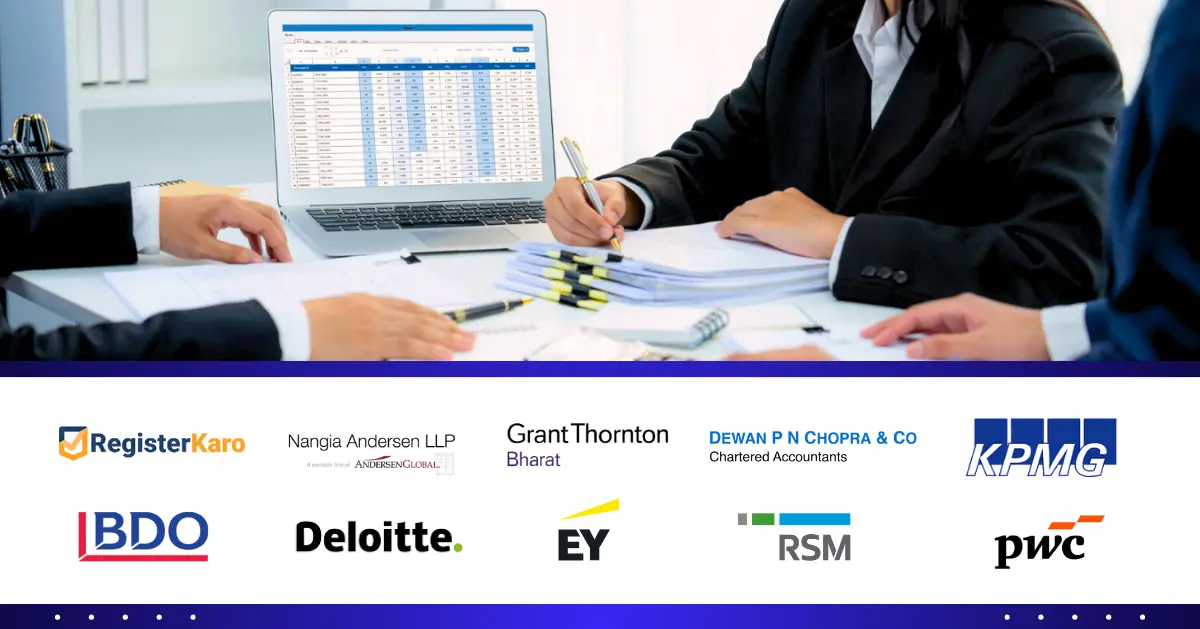
Fixed Costs in Business: Impact, Management and Strategies
Introduction
Imagine running a café where rent, equipment leases, and insurance remain unchanged every month, regardless of the number of customers you serve. These are fixed costs, a fundamental aspect of cost management that significantly influences a company’s financial stability. Whether you own a small business or manage a large corporation, accounting for these expenses in your budgeting process is crucial to maintaining profitability.
In an unpredictable business environment, understanding and managing fixed costs is key to effective financial planning. Unlike variable costs, which fluctuate with production or sales volume, fixed costs remain constant, impacting a company’s cash flow and long-term sustainability. Successful businesses optimize these expenses through strategic decision-making, ensuring that essential expenditures—such as salaries, rent, and insurance—do not become a financial burden.
By differentiating fixed costs from variable costs and implementing cost-efficient strategies, businesses can enhance profitability and scalability. This blog explores the concept of fixed costs, its significance in financial planning, and how businesses can optimize these expenses to achieve long-term success.
Also read: Caro 2020 A Complete Guide To Companies Auditors Report Order
What are Fixed Costs?
These are business expenses that remain unchanged regardless of production volume or sales revenue. Unlike Variable Costs, which fluctuate with Business Activity, fixed costs remain stable, making them a crucial element of financial planning.
Important Characteristics:
- Consistency: Fixed expenses do not change with production or sales levels.
- Essential for Business Operations: Rent, insurance, and salaries must be paid regardless of revenue.
- Impact on Profitability: High fixed expenses require higher revenues to break even.
For example, a manufacturing plant with a monthly rent of $20,000 must cover this Fixed Cost, even if production is temporarily halted. Effective cost management ensures these expenses do not burden profitability.
Fixed Costs and Operational Costs
While fixed costs remain constant, they form a significant part of a business’s operational costs. It includes both fixed expenses and variable costs, covering all expenses necessary to run a business. For instance, a retail store’s cost of operations includes rent and utility bills. Understanding the interplay between fixed costs and operational costs helps businesses create more effective financial planning strategies. Efficiently managing this cost ensures better control over overall business expenses, leading to improved profitability.
What Is The Difference Between Fixed and Variable Costs?
Every business incurs costs, but understanding their nature can help in financial planning and decision-making. Costs are generally classified into fixed and variable expenses, each playing a unique role in business operations.
| Aspect | Fixed Costs | Variable Costs |
| Definition | Remain constant regardless of output | Fluctuate with production or sales |
| Example | Rent, salaries, insurance | Raw materials, commission, shipping costs |
| Flexibility | Less flexible, long-term commitments | Can be adjusted based on demand |
| Impact on Pricing | Affects break-even calculations | Influences unit costs |
For instance, an e-commerce company like Shopify incurs FCs in web hosting and licensing fees, whereas packaging and shipping costs are Variable Costs.
What Are The Examples in Business Operations?
Fixed costs impact various aspects of a company’s financial structure. From rent payments to salaries, businesses must account for these recurring expenses while planning for growth and sustainability.
- Rent & Lease Payments: Commercial spaces cost businesses $3,000 to $20,000 per month, depending on location.
- Insurance: A necessary business expense, insurance premiums range from $500 to $10,000 annually.
- Depreciation: Fixed Asset devaluation, such as machinery depreciation, is a non-cash cost of operations.
- Salaries & Wages: Administrative staff salaries are FCs, irrespective of company revenue.
- Loan Repayments: The Interest on business loans remains a predictable monthly expense.
What Is The Importance of Managing Fixed Costs for Profitability?
Keeping fixed expenses under control is crucial for maintaining profitability. A well-structured cost strategy enhances financial stability, improves cash flow, and enables businesses to stay competitive.
1. Financial Stability:
Higher fixed expenses increase a company’s break-even point. A McKinsey report found that reducing Fixed Expenses by 10% can improve profit margins by 5-7%. Keeping the cost of operations in check allows businesses to maintain a stable financial structure, reducing the risks of unexpected downturns.
2. Better Cash Flow Management:
Companies that optimize fixed expenses improve budgeting, ensuring sufficient liquidity for investments. Streamlining the cost of operations provides businesses with the flexibility to allocate resources more efficiently.
3. Competitive Pricing:
Lower fixed expenses allow businesses to offer competitive prices without reducing profitability. Managing operational costs effectively ensures that businesses remain financially sustainable while keeping their offerings attractive to customers.
4. Long-Term Growth:
A well-managed fixed expenses structure allows businesses to scale operations without financial strain. Companies with efficient operational costs can reinvest in innovation, research, and development.
How to Reduce Fixed Costs Without Affecting Business Growth?
Reducing fixed costs doesn’t mean compromising business efficiency. By implementing strategic measures like outsourcing, automation, and energy-saving techniques, businesses can cut expenses while maintaining growth.
- Outsourcing Non-Core Functions – Companies like Airbnb save on office space costs by operating remotely.
- Negotiating Rent & Lease Terms – Businesses should renegotiate rental agreements based on market trends.
- Investing in Technology – Cloud computing reduces IT infrastructure expenses by 30-40%.
- Optimizing Workforce Allocation – Hybrid work models have reduced office expenses for 68% of businesses (Forbes, 2023).
- Automating Business Processes – Automating administrative tasks helps reduce operational inefficiencies and cuts costs.
- Energy Efficiency Measures – Implementing energy-saving solutions like LED lighting and smart thermostats helps lower utility costs without compromising productivity.
- Utilizing Co-Working Spaces – Instead of leasing large offices, businesses can benefit from shared workspaces to reduce Fixed Expenses.
What Is The Difference Between Fixed Costs vs. Operating Costs?
While fixed expenses remain stable over time, operating costs encompass both fixed and variable expenses. Understanding the difference between these costs helps businesses optimize budgeting, pricing strategies, and overall financial health.
| Factor | Fixed Costs | Operating Costs |
| Scope | Includes non-variable Expenses | Includes all Business Expenses, Fixed & Variable |
| Flexibility | Harder to reduce | Can be optimized for efficiency |
| Examples | Rent, insurance, depreciation | Utilities, office supplies, maintenance |
Fixed costs and operating costs are two key expense types in business. Fixed expenses remain constant regardless of production or sales, such as rent, insurance, and salaries. These expenses must be paid even if the business isn’t generating revenue. On the other hand, operating costs include both fixed and variable expenses needed for daily operations. Variable operating costs change with production levels, like raw materials and utilities, while fixed operating costs stay the same, such as office rent. Understanding these costs helps businesses manage expenses, set prices, and improve profitability.
Conclusion
Effectively managing costs is essential for businesses striving to achieve financial stability and long-term sustainability. With market dynamics constantly evolving, companies must adopt strategic cost management techniques to maintain profitability and enhance operational efficiency. According to a Harvard Business Review study, over 70% of businesses that actively controlled their fixed expenses in 2023 witnessed a 15% improvement in profit margins. By identifying cost-saving opportunities, optimizing resource allocation, and implementing financial structuring strategies, businesses can significantly improve their bottom line while ensuring steady growth and scalability.
For organizations seeking expert financial guidance, RegisterKaro offers comprehensive solutions in budgeting, operational cost optimization, and financial planning. Our professional assistance helps businesses streamline expenses, enhance financial efficiency, and unlock new growth opportunities, enabling them to reinvest in expansion strategies.
Ready to get started? Reach out to trusted platforms like RegisterKaro and make your compliance journey hassle-free so you can focus on what truly matters—growing your business.




